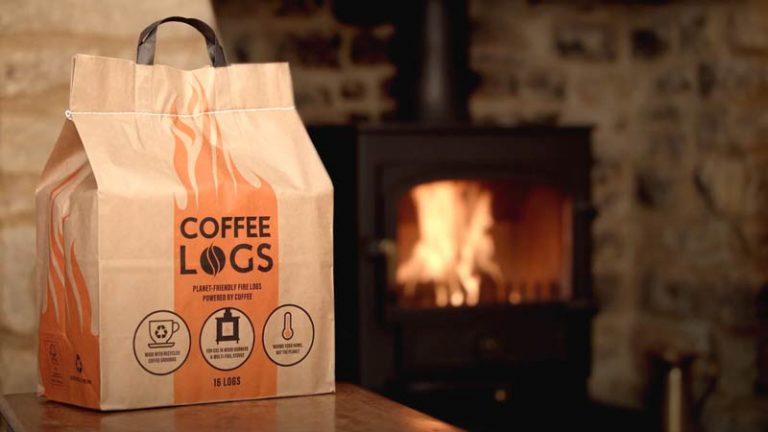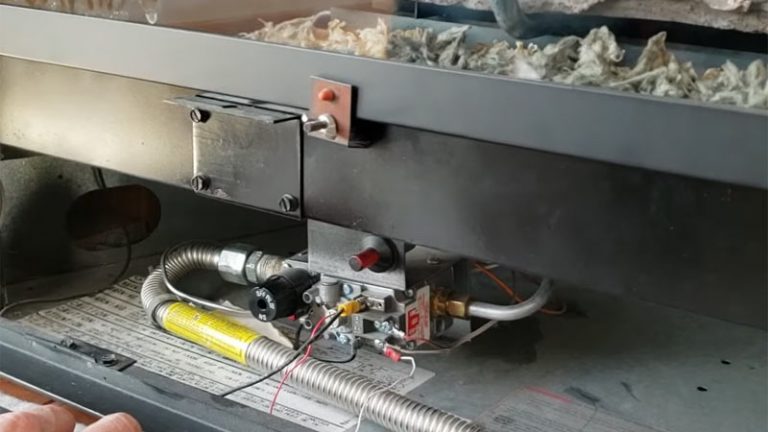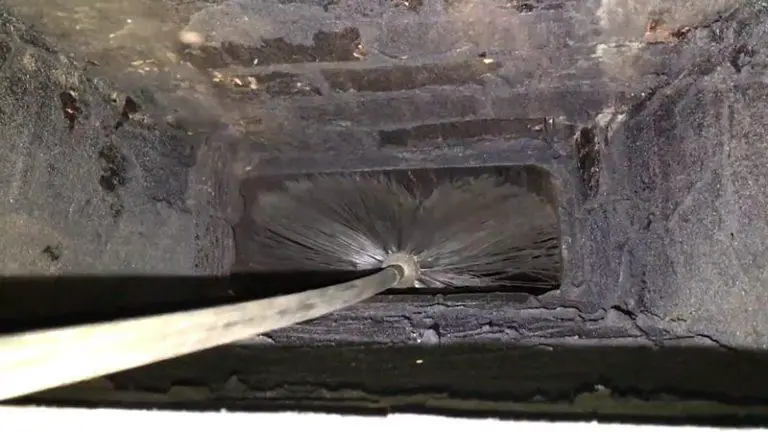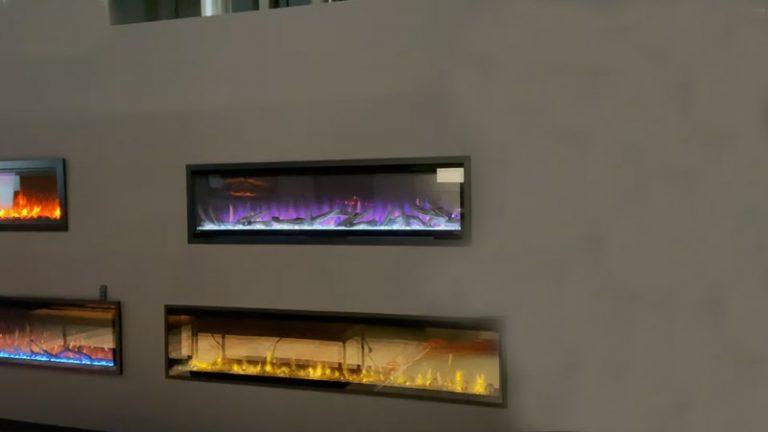Do Duraflame Logs Cause Creosote
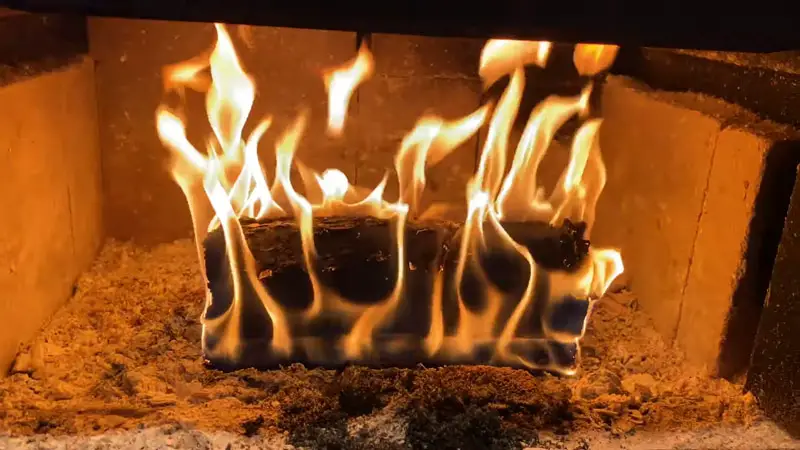
If you’re looking to save money, avoid using creosote-treated wood in your fireplace, oot from burning logs doesn’t produce flammable gases and can be easily cleaned up with a hose.
Fireplaces made with duraflame firelogs don’t require chimney cleaning – they use eco-friendly technology. There’s no need to worry about creating soot when using a traditional fire: it’s non-flammable all on its own.
Having a clean and smokeless fireplace is one way to enjoy the outdoors without having to deal with acrid smoke or ashes
You'll Learn About
Do Duraflame Logs Cause Creosote?
Although creosote is not a common product, it’s important to be aware of the dangers associated with it. Soot left over from burning is non-flammable and can cause health concerns if breathed in.
Duraflame firelogs are made out of natural materials that help reduce environmental impact and make them more eco-friendly than traditional wood burners. Cleaning your chimney is not necessary with a duraflame firelog – they just need to be disposed of properly after using them.
Creosote is Not Produced
Creosote is not produced when logs are burned in Duraflame stoves. Duraflame logs have a special coating that prevents the formation of creosote. This means you can use Duraflame to heat your home without worrying about the risk of creosote buildup.
Soot Left After Burning Is Non-Flammable
Creosote is a by-product of burning wood in a Duraflame log burner, but it’s not flammable. If you’ve ever seen soot left over after burning logs in your Duraflame, know that this black residue isn’t actually combustible – it’s just the result of burning wood and producing creosote.
The type of fuel used in your Duraflame log burner doesn’t make any difference – even natural gas will produce creosote when burned with logs from this appliance. Although duraflames are designed to be safe for indoor use, if there is evidence of sooting or smoke coming out of your log burner, unplug it immediately.
The soot caused by smoking cigarettes can also leave similar residues on surfaces around the smoker’s area – learn how to clean up before guests arrive to avoid potential messes.
Duraflame Firelogs Are More Eco-Friendly
Duraflame firelogs are made of advanced biodegradable materials and produce zero creosote. They also use less wood, so your fireplace is using less fuel overall.
The logs burn hotter than other brands, which means you can enjoy a more complete fire experience with fewer flare-ups. You won’t need to worry about the environmental impact when using duraflame logs – they’re the perfect choice for a sustainable home fireside.
Don’t miss out on this eco-friendly option for your next camping trip or backyard bonfire celebration.
No Chimney Cleaning Required
Creosote, a tar-like material that forms on the inside of chimneys when logs are burned in them, is dangerous and can cause serious health problems. Cleaning your chimney each year with a professional cleaner will prevent creosote build-up and reduce your risk of health problems.
If you already have creosote in your chimney, cleaning it will be difficult and expensive – try a Chimney Sweep instead. You don’t need to clean your fireplace every time you use it. Just once a season is usually enough to keep it free from buildup. Although there are some risks associated with using wood fires in the home, they’re still one of the most popular heating options.
Are Duraflame logs bad for chimneys?
The Environmental Protection Agency (EPA) has classified Duraflame logs as a “threat to public health and the environment” because of their high levels of lead.
If you have a chimney that uses Duraflame logs, it’s important to take proper precautions to avoid exposure to lead. You can reduce your risk of exposure by burning clean logs and using screens on your chimney top).
If you decide to keep using Duraflame logs in your fireplace, be sure to properly clean and maintain them every year.) For more information about how to reduce your risk associated with these products, please visit the EPA website.”
Are Duraflame logs toxic?
Duraflame logs are made of a variety of materials, including wood chips and waxes. Some people worry that these materials could be toxic if they’re burned improperly.
However, the EPA says that Duraflame logs are harmful to humans or the environment when used properly. Duraflame logs are highly flammable and should only be used as a firestarter if you have a fireplace that can use them.
If ingested by dogs, the compressed sawdust and wax within these logs can result in a foreign body obstruction in the stomach. These logs are designed to start fires easily and should only be handled with caution as they can be quite dangerous if not used correctly.
Are Duraflame logs better than wood?
Duraflame logs are much cleaner than traditional wood, which typically produce 70 percent less particulate matter, 85 percent less carbon monoxide and 50 percent less smoke.
They’re ideal for areas with allergies or asthma concerns because there are no matches required, so they’re perfect for busy homes. You can purchase them in bulk to save money.
Can I use real wood with a Duraflame log?
Yes, you can use real wood with a Duraflame log. Just make sure to follow the instructions that come with your log set.
Are Not Designed To Be Burned With Real Wood
Trying to use real wood with a Duraflame log is not safe and may result in an unsafe fire. Combining Duraflame logs with real wood could exceed the heat rating of your fireplace, which could cause a sudden flare-up.
Sudden Flare-Ups May Occur
A quick burst of extra heat can occur when burning both real wood and a duraflame log together, potentially resulting in a dangerous fire.
Make sure that you are using the correct type of logs for your fireplace and be aware of any safety hazards involved before beginning to burn something inside.
Might Cause Damage
If you’re planning on burning real wood near your duraflame log, make sure to monitor the flames closely so as not to damage either object.
Also note that if this does happen, there is probably no way to repair or restore the structural integrity of either item
Are Duraflame logs cancerous?
There is no definitive answer to this question, as there is not enough research available on the potential health risks associated with Duraflame logs.
However, some people believe that they could be carcinogenic due to the high levels of polycyclic aromatic hydrocarbons (PAHs) found in these products.
Causes Toxic Formaldehyde Levels To Rise
Duraflame logs are made of synthetic materials, which means that they contain high levels of toxic formaldehyde. This chemical is known to increase the risk of breast cancer in women. In addition, this study also found that burning these logs causes toxic levels of carbon monoxide and nitrogen dioxide to rise too.
Synthetic Logs Are Causing Other Types of Cancer Too
There is a possibility that Duraflame logs may be causing other types of cancers as well. While more research needs to be done in this area, it’s something you should keep in mind if you’re concerned about your health.
Keep Eye Out for Any Signs Of Health Problems
If you use Duraflame logs, make sure to keep an eye out for any signs of problems with your health down the road. This includes anything from increased rates of cancer to breathing difficulties caused by harmful gases released from the log fire.
Is Duraflame safer than wood?
There is no correct answer to this question as both Duraflame and wood are potentially dangerous if not used correctly. While there have been no reports of fires caused by either product, they can still be unsafe if mishandled.
Always use caution when using any fire starter and make sure you know how to properly use it before starting a fire.
Duraflame is Safer Than Wood
Compared to traditional wood-burning, using Duraflame products is much safer.
Not only are they less likely to cause fire accidents, but they also create very little smoke and emissions. In addition, the clean-up process after using Duraflame products is much simpler than with a traditional fireplace.
Duraflame Is Cleaner
Duraflame appliances use significantly less fuel and therefore produce considerably fewer emissions compared to burning regular wood logs or sticks in your fireplace. Additionally, there is no need for creosote or other dangerous chemicals when cleaning a Duraflame appliance.
This option is generally considered more environmentally friendly than burning regular wood logs or sticks indoors.
Duraflame Isn’t As Risky As Burning Regular Wood
Despite the fact that durabflames produce intense heat, you can still safely use them if you’re aware of some key safety precautions:
- Never leave children unattended near an open flame
- Always keep flammable materials away from any open flames
- Follow all local fire codes
- Never try to put out a large fire using water alone, call 911
You Can Use More Firewood With Durafleme
If you’ve got the space available – and most people do – going green by installing a durable durafeather product will allow you to burn more wood without having to haul it in from outside every time you want some warmth on those cold winter nights. And since fake firelogs are usually cheaper than real wood ones, this eco-friendly choice may be even easier on your wallet too.
To Recap
Duraflame logs doesn’t produce creosote, and the levels are not high enough to cause any damage. Duraflame logs have been in use for many years and have never caused a fire that burned down a building.
Duraflame logs are designed to burn cleaner than traditional firewood, producing minimal creosote buildup. However, any wood-burning product can contribute to creosote if burned improperly or in a poorly maintained fireplace. Regular chimney cleaning and proper burning practices are essential to minimize creosote accumulation.
If you’re using Duraflame logs, you might also want to learn how to put out a 4-hour log safely. Additionally, understanding how to get rid of creosote smell can help you maintain a fresh and safe home environment.

